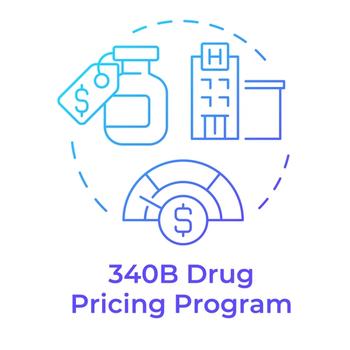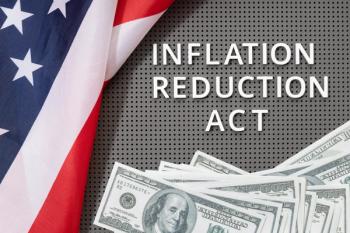
Study Finds Express Scripts’ Exclusions Based on Contracts
In some cases, the exclusions favored brand medicines that were more expensive than the excluded generics.
Many of Express Scripts’ formulary exclusions may not be clinically and economically justified, according to a recent
Overall, 42% of Express Scripts’ 2022 formulary exclusions list suggests an alternative medicine that is nontherapeutically equivalent or offers no therapeutic alternative. Researchers, led by Robert Popovian, Pharm.D., expressed concern that almost 50% of the formulary exclusions have what they said are questionable benefits for the patient. Popovian is chief science policy officer at Global Healthy Living Foundation, as well as senior health policy fellow at Progressive Policy Institute and visiting health policy fellow at Pioneer Institute.
“The original intent of formularies was to incentivize the use of the least costly medication that was also safe and effective for a particular medical condition,” Popovian said in a
For example, researchers pointed to nine cases of excluded medications with no preferred option are brand-name medications. One such medication, they said, is Viltepso (viltolarsen) for the treatment of Duchenne muscular dystrophy caused by a specific gene variation. The FDA
Researchers analyzed the exclusion list from Express Scripts, the second largest PBM. They chose Express Scripts because it provides a publicly available national preferred formulary exclusion list annually. They categorized each exclusion as an equivalent substitution, a therapeutic substitution, or excluded without an alternative substitution, and then followed that by an assessment of potential clinical or economic outcome from a patient perspective.
There are 563 excluded medications in the Express Scripts 2022 National Preferred Formulary.
About two-thirds (68.6%) are equivalent substitutions. The rest are therapeutic substitutions (29.8%), or no preferred alternative was recommended (1.6%). Of the 386 equivalent substitutions, 293 (76.1%) brand medicines were excluded in favor of a generic or biosimilar medicine, or biosimilar favored for another biosimilar.
The study authors indication that a limitation of this research is that it represents a single plan year of formulary exclusions. Additionally, because other formularies are not publicly available, it is not possible to determine if this is truly representative of formulary exclusion practices.
Newsletter
Get the latest industry news, event updates, and more from Managed healthcare Executive.





















































